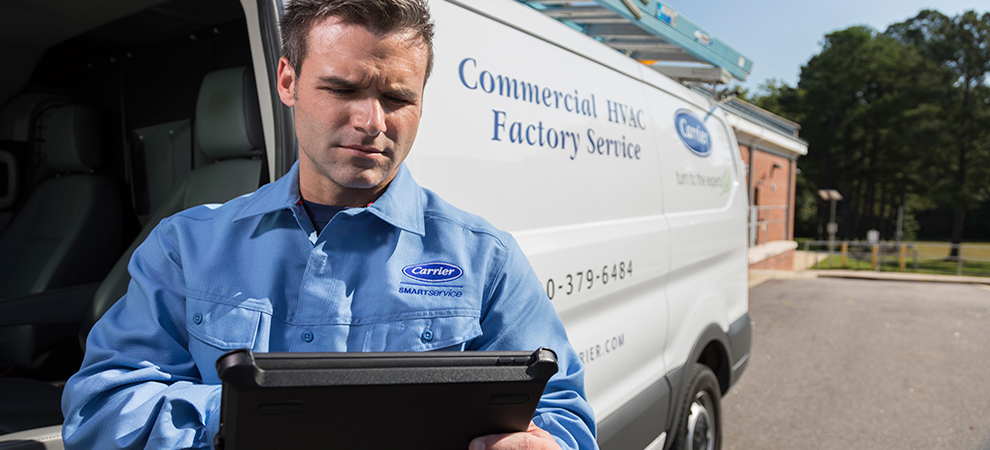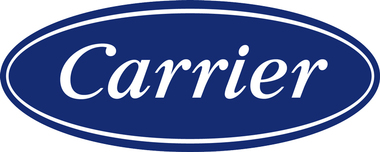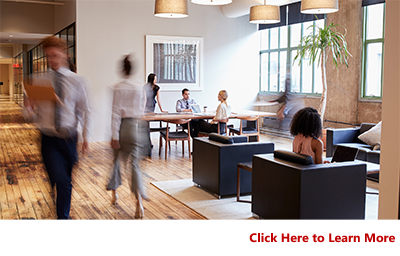The WPJ
THE WORLD PROPERTY JOURNALReal Estate Facts Not Fiction
Real Estate News

Incorporating Air-Cleaning and Filtration into Your Occupant Reentry Strategy
Sponsored News » Sponsored News Edition | By Author | December 10, 2020 9:05 AM ET
 The way people view indoor environments has changed drastically in the wake of the COVID-19 pandemic. In response, building owners are looking for ways to minimize risks. While there are still many questions on how built environments can impact disease transmission, there are proven ways business leaders can enhance their buildings to improve occupant health and well-being.
The way people view indoor environments has changed drastically in the wake of the COVID-19 pandemic. In response, building owners are looking for ways to minimize risks. While there are still many questions on how built environments can impact disease transmission, there are proven ways business leaders can enhance their buildings to improve occupant health and well-being.According to the American Society of Heating, Refrigerating and Air-Conditioning Engineers (ASHRAE), "ventilation and filtration provided by heating, ventilating, and air-conditioning systems can reduce the airborne concentration of SARS-CoV-2 and thus the risk of transmission through the air." Optimization of a building's HVAC system generally and with specific air-filtration solutions is critical for reducing the risk of pathogen transmission. But before getting started, building owners should take some important steps in their overall approach to occupant reentry.
Make a Plan for Occupant Reentry
Employees returning to the office will have new expectations for workplace safety. To meet these expectations, owners and engineers need to undertake comprehensive planning for occupant reentry.
The Centers for Disease Control and Prevention (CDC) can serve as a trusted source of information. The CDC offers strategies for reducing transmission of COVID-19 with a focus on maintaining healthy business operations and a healthy work environment. It also emphasizes responding in a flexible way to changing conditions and being prepared to refine response plans as needed.
The CDC encourage business owners to consult with state and local health officials to review current guidelines and learn information and best practices relevant to their building's location.
Strengthen Administrative Controls
In addressing the underlying healthiness of their building, owners should consider implementing administrative controls to protect occupant health. These controls can take many forms. And while there is no guaranteed solution for eliminating disease transmission, responsible choices by owners and occupants are essential.
 The first layer of defense, according to a strategy offered by the Harvard T.H. Chan School of Public Health's Healthy Buildings Program, is the enforcement of work-from-home policies. Additional layers of protection can then be added once the main workforce is cleared for reentry. These can include promoting employee education, enforcing social distancing, de-densifying work areas, adding more hand-sanitation stations and enforcing a rigorous program of preventive disinfection.
The first layer of defense, according to a strategy offered by the Harvard T.H. Chan School of Public Health's Healthy Buildings Program, is the enforcement of work-from-home policies. Additional layers of protection can then be added once the main workforce is cleared for reentry. These can include promoting employee education, enforcing social distancing, de-densifying work areas, adding more hand-sanitation stations and enforcing a rigorous program of preventive disinfection.To learn more about this layered approach to building health, the Harvard T.H. Chan School of Public Health offers "The 9 Foundations of a Healthy Building." In addition, the American Society for Microbiology's (ASM) "2019 Novel Coronavirus (COVID-19) Pandemic: Built Environment Considerations to Reduce Transmission" provides mediation strategies for SARS-CoV-2 transmission based on the most current research on pathogen exchange in the built environment.
Optimize HVAC Systems and Practices
To enhance the effectiveness of a building's HVAC system in reducing disease transmission, owners and engineers are encouraged to review their existing systems, technologies and maintenance practices. Here are some tips for achieving this goal:
- Operate the HVAC system whenever the building is occupied, including for off-hours cleaning, engineering, security and support staff to ensure optimum building ventilation
- Increase outdoor air ventilation (using caution in areas with pollution) and disable demand-controlled ventilation if weather and other factors allow
- Keep humidity levels between 40% and 60% to limit the spread and survival of SARS-CoV-2 while minimizing the risk of mold growth
Enhance Filtration and Air Cleaning Technologies
HVAC systems use mechanical filters to trap airborne particles. The effectiveness of a filtration solution depends on the filter's efficiency (measured by the minimum efficiency reporting value, or MERV), the number and location of filters used in series, the rate of airflow and the size of particles intended to be trapped.
Many buildings today use inexpensive filters that capture less than 20% of virus-sized particles. Because of this, adding highly rated MERV and high-efficiency particulate air (HEPA) filters can play a substantial role in capturing infected particles and reducing the risk of disease transmission throughout the built environment.
Other effective solutions for improving IAQ include technologies like ultraviolet germicidal irradiation (UVGI) and Needlepoint Bipolar Ionization (NPBITM). UVGI involves disinfection of air using a UV-C light source to degrade and inactivate bacteria, mold spores, fungi and viruses. NPBI works by dispersing a high concentration of positive and negative ions through the building's ventilation system to reduce airborne pathogens, particles and odors. NBPI does not produce any harmful byproducts and is designed to save energy costs and ensure maintenance free operation.
By incorporating mechanical filtration, UVGI, NBPI or other air-filtration technologies into their occupant reentry strategy, building owners can be confident that they are contributing to the health and well-being of everyone in their building.
COVID-19 has created a shift in the expectations employees have in the health and safety of their workplaces. Now is the time for building owners and engineers to enhance the built environment to meet these new demands. A review and possible refresh of a building's HVAC system, including the addition of air filtration solutions, is central to these efforts. Carrier experts can offer guidance and consultation throughout this process.
Through an industry-leading suite of advanced solutions and services, the Carrier Healthy Buildings Program helps deliver healthy, safe, efficient and productive indoor environments at a time they're needed most. From building assessments and monitoring to filtration solutions designed to improve IAQ, Carrier experts will work closely with you to assess, upgrade, maintain and sustain your buildings.
Learn more about the Carrier Healthy Buildings Program and connect with your local expert today.
Sign Up Free | The WPJ Weekly Newsletter
Relevant real estate news.
Actionable market intelligence.
Right to your inbox every week.
Real Estate Listings Showcase
Related News Stories
This website uses cookies to improve user experience. By using our website you consent in accordance with our Cookie Policy. Read More







